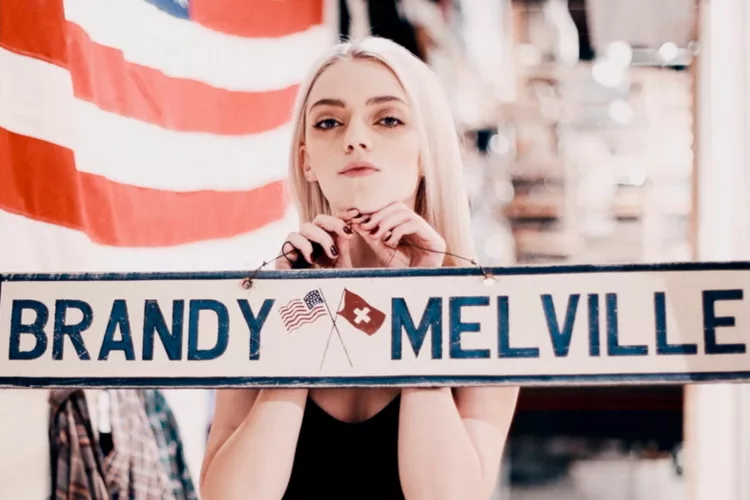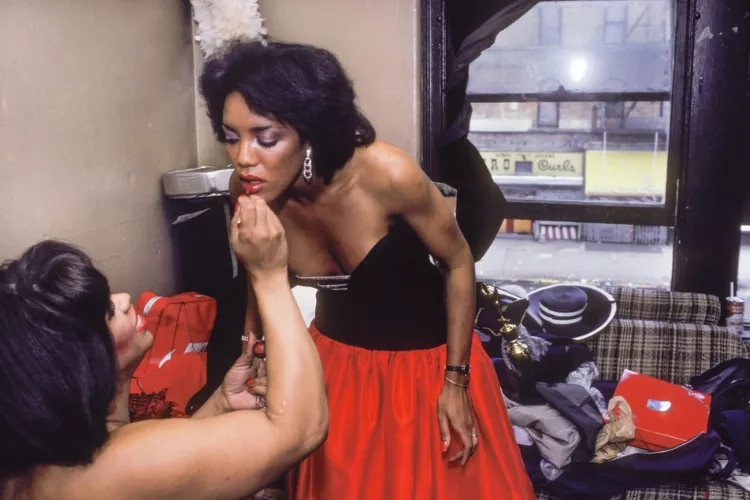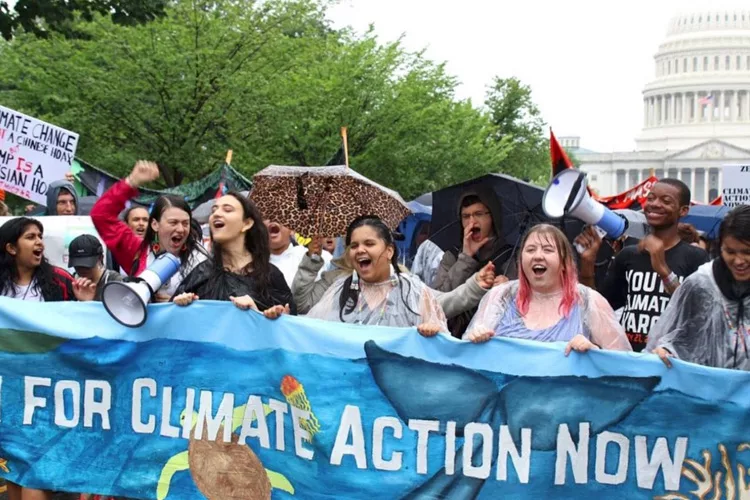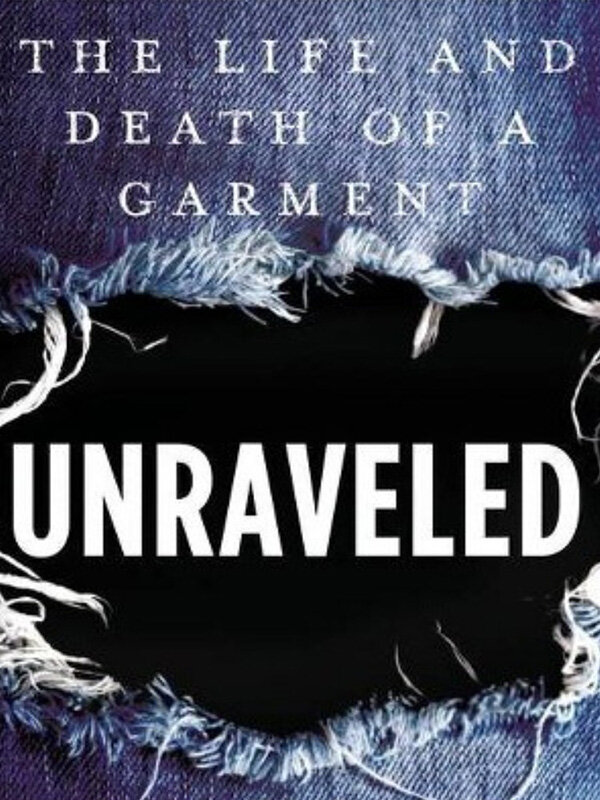
Maxine Bédat’s Unraveled: The Life and Death of a Garment follows a single pair of jeans as it makes its way from farm to consumer to landfill, with multiple stops and airplanes in between. Though the book covers multiple topics such as organic, regenerative farming, workers’ rights and the psychology of the consumer, the book boils down to being about the clothes we wear and the impact they have on people and planet. It’s one of the best books on “sustainable fashion” out there.
Over the course of a few years, Bédat traveled to Texas, China, Ghana, New Jersey and Bangladesh to follow the same journey a pair of jeans would. Along the way, she met real people whose lives revolve around the fashion we sometimes thoughtlessly add to our carts and wear once or twice.
We recommend you pick up the book for yourself at your local bookstore, but couldn’t not shine light on some of the most important topics discussed. Here are our five takeaways from Unraveled.
1. Fashion’s own “fake news” Is Inside Your Shirt
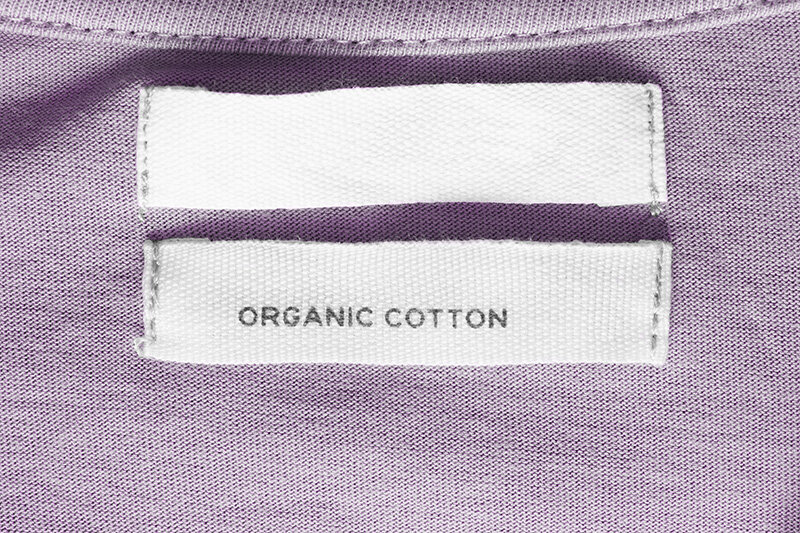
Bédat described the fashion industry misleading customers as its own version of “fake news.” The biggest culprit is actually our clothing’s tags! For example, for a cotton shirt, to be listed as “certified organic,” only the cotton needs to be from an organic farm. This means that any toxic chemicals, and there are many, used in the dying process is not accounted for. When a tag says something like “Made in China,” what they really mean to say is that it was assembled in China. Most brands outsource every different piece of a garment, from bodice to arms to buttons to collars, to ensure they get the most bang for their buck. Not exactly sustainable fashion!
2. Beware the middleman

Sometimes the CEOs of big fashion brands are just as much in the dark as the consumers are. This is because they hire people, the aforementioned middlemen, to handle the business with overseas factories. They are the ones making the deals, negotiating prices and sourcing all the pieces of our garments. One of the most popular firms is Li & Fung. They’ve helped brands like Walmart, Kate Spade, Coach and Tommy Hilfiger “optimize each step of production.” How can a brand be transparent if they don’t even know what’s happening while their clothes are being made? Further, how do we handle a brand shifting blame onto these middlemen when they’re finally outed?
3. Women in fashion continue to suffer the most
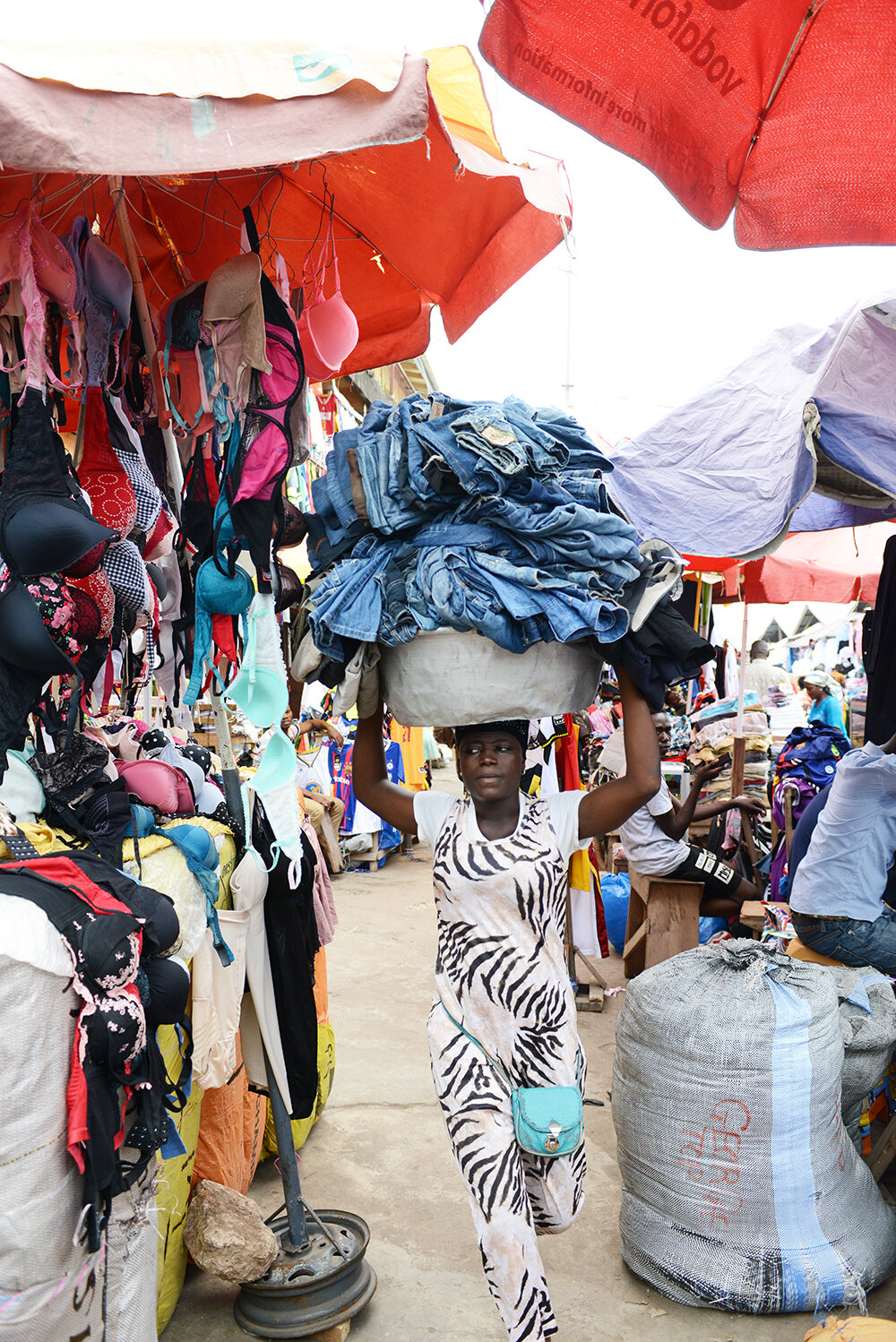
After meeting garment workers in Bangladesh, Bédat traveled to Colombo, Sri Lanka where she met Danu. Danu, who needed a more flexible work schedule to care for her parents, became a day laborer. Day laborers go to a meeting spot and are then transported to a location that they’ll work for the day. However, women will not be taken to a garment factory. Instead, they’re taken to “massage parlors.” Day labor, Bédat found, is becoming a very common way to force women into sex trafficking.
At the end of a garment’s life, after it’s been disposed of, it usually ends up overseas again. During her research for the book, Bédat visited Ghana. When these clothes arrive, they must be moved to markets to sell. The people moving them? Women. She described a scene of women carrying bundles of discarded clothing weighing between 130 to 200 pounds balanced ON their heads. Some of them even had babies strapped to their backs. There have been cases of women actually breaking their necks doing this work to just make less than $9 US a week.
4. Amazon’s Role in the fashion industry –it’s worse than you think
Perhaps unsurprisingly, Jeff Bezos and Amazon have a hand in all of this. Amazon makes money in four ways: Amazon acts as a traditional retailer by buying clothes from name brands then selling at a wholesale price, they have their own private clothing label, brands can sell on Amazon as a third-party and brands who don’t sell on the site can hire Amazon to fulfill their orders. While these things don’t seem so bad, think about the turnaround time for Amazon Prime, which is overnight. Those packages don’t just magically appear at your door. They go on their own journey through planes and trucks after being sorted by real people.
Bédat interviewed three past and present Amazon fulfillment center workers and found that their experiences were eerily similar to that of garment workers overseas. They described strange security check-ins, a no cell phone policy and scanning devices that track their every move. Not to mention the fact that last summer Jeff Bezos made $13 billion in a single day. According to Bédat’s findings, a full time Amazon worker making $15 an hour would need to work more than four million years to make as much as their boss.
5. We are in control, or at least we can be
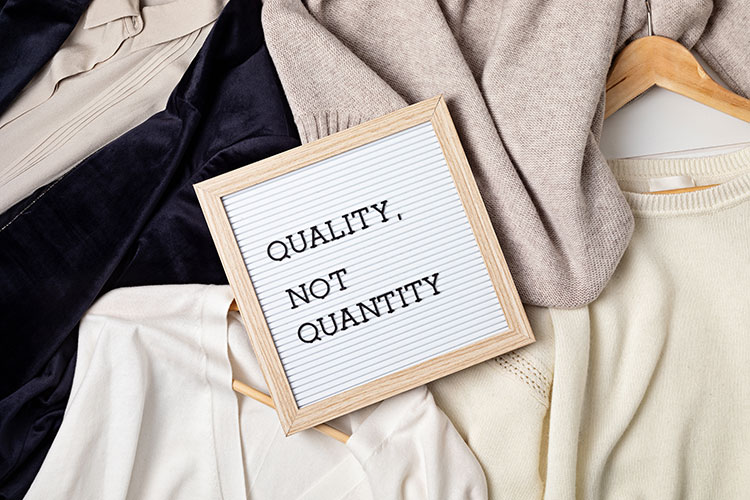
Bédat makes the argument that instead of our constant state being that of a consumer, we must act as citizens first. Citizens who are educated on important topics regarding the planet and human rights as well as ones who stand up for others. We aren’t here to spend money. We’re here to live.
In the last chapter of the book, she gives some solutions for our behavior around impulse buying. She created seven questions to ask before buying. They range from does this fit me well? to Who do I want to support by making this purchase? Besides checking ourselves, she also invites us to tell the local and federal government what policies need to change to ensure farmers, workers and the planet are protected.
If you’re feeling overwhelmed, that’s okay! Bédat actually begins her final chapter with “Phew, we’ve covered a lot of territory” because we have.
If you’re feeling inspired by her work, consider donating to her think tank, the New Standard Institute, which is working to change the way brands approach sustainability.
– Maria Fiume
Related Articles
In conversation with fashion activist Elizabeth Cline
Orsola De Castro of Fashion Revolution Interview
10 Sustainable Fashion Terms to Know
Read: How to Save Our Planet. Watch: Fashionscapes
Sustainable Fashion Organizations and Forums You Need to Know About

